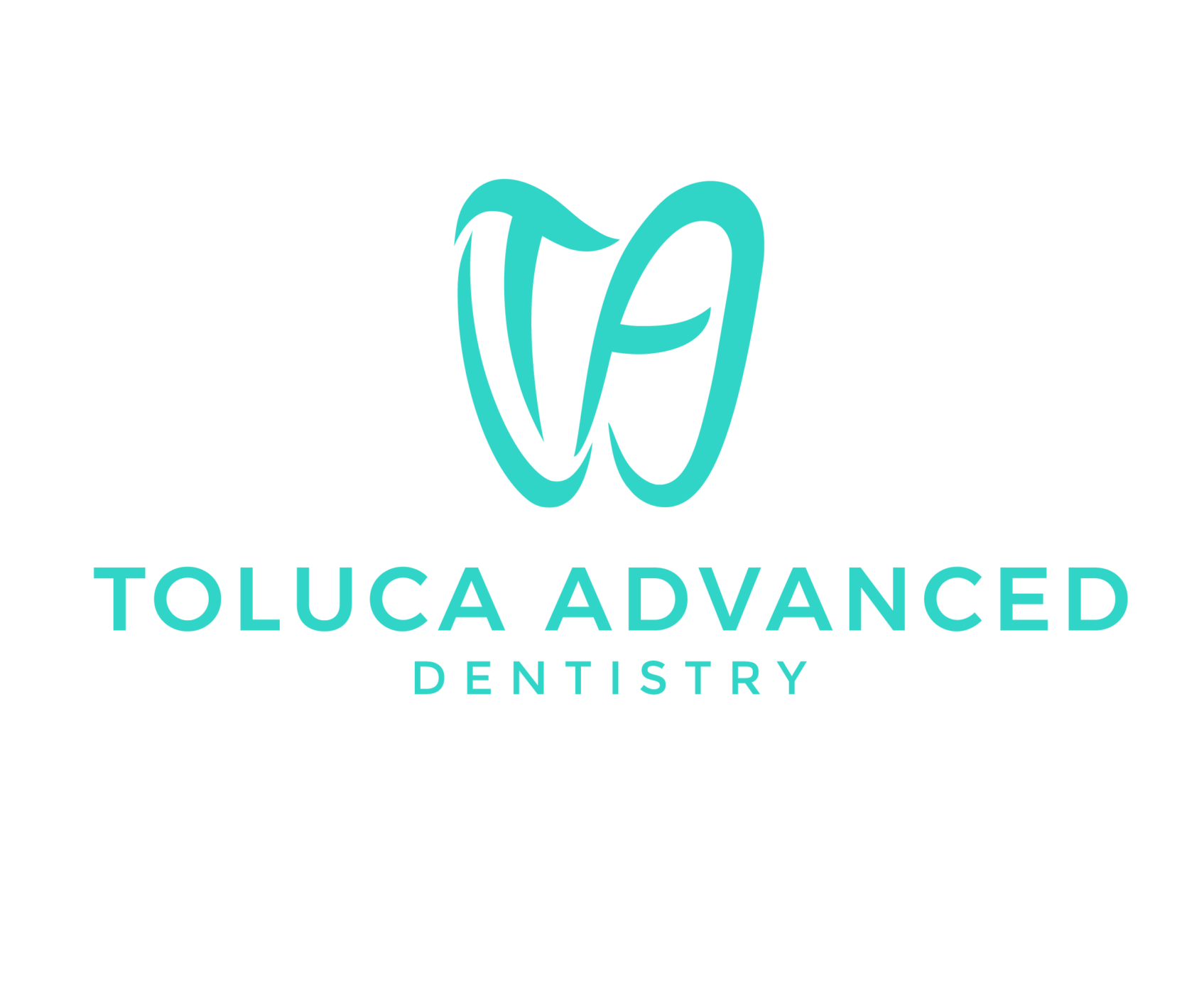For those who have lost their teeth, there are usually two options: bridge and implant. But the question is usually which of these techniques is more appropriate? To answer this question, we briefly compare the advantages and disadvantages of both methods.
Technical and scientific reasons: To place a bridge or dental bridge, at least two other teeth must be shaved to place the bases of the bridge on them. This is because the two side teeth on which the base of the bridge rests must be made smaller so that the bridge fits snugly. If these teeth have a lot of filling and now need to be veneered or already have veneers, it will not be a big problem because these teeth have to be cut and veneered anyway. However, if these teeth are healthy or only slightly filled, using a bridge will cause a large amount of dentin to be lost, in which case implants are a more appropriate method. Unlike a bridge, an implant has the advantage that it can fill in the gaps individually without damaging adjacent teeth, because the implant is placed independently and as a strong, permanent prosthesis in the jawbone. And there is no need to grind other teeth. Implants are also a good method for those who have lost more teeth in one jaw, and for example, one half of their jaw or one whole jaw needs a tooth replacement. In these people, the bridge can usually not be used, because there is no end base to place the bridge. While the implant does not have this problem and this base can be placed in any part of the jaw.
Oral health status: People who do not have good oral health status, smokers, diabetics, and people with immune disorders are usually not good candidates for implants, because the metal implant prosthesis that is implanted inside the jawbone must be over time. It blends in with the jawbone and becomes one piece, but poor oral hygiene and poor blood flow or the immune system prevent this process and make success with implant treatment difficult. Although bridges also require hygiene, the bridge technique may be more effective in these cases.
Keeping and cleaning your teeth: One of the most important problems with bridges is the lack of access to all dental floss and problems when brushing. People who have bridges should also floss under the bridge. While the implant does not require additional steps for flossing and brushing, it is like a natural tooth in terms of brushing and flossing.
Cost: The cost of the bridge is less than the implant, but it should be borne in mind that in many cases, the bridge must be replaced after a few years, which imposes additional costs on the patient. Implants are usually a lifelong procedure, and because they are done in several stages over a period of several months, people can pay for them in several stages. However, for many patients, the issue of cost is very important and sometimes the main factor in their decision, but it is better to consider the advantages, and disadvantages of both methods.
Mechanical strength of teeth and strength of chewing: Neither of these two methods has the strength of natural teeth, but in comparison, the implant has complete superiority over the bridge, both in terms of strength and strength of the tooth itself and in terms of chewing strength.
Prevent jaw and gingival bone loss: As mentioned, the implant prosthesis, which is usually made of titanium metal, integrates with the jawbone after a while, which helps strengthen the jawbone and prevents jawbone and gingival bone loss. Takes place in areas where natural teeth have been extracted. Usually, the jawbone not only decays in the hollow part, but also the parts around the emptied part degenerate over time, which in the long run also affects the strength of the adjacent teeth. The implant prevents this problem compared to the bridge, because the gap in the tooth in the jawbone is filled by the prosthesis.
Beauty: This question cannot be answered conclusively. Although implants usually have better cosmetic results, in some cases the prosthesis may look more beautiful. When it comes to beauty, a dentist’s opinion can be very helpful in making a decision.
Conclusion: By comparing the above cases, it can be concluded that for those who have lost their teeth, the implant technique is generally superior to the bridge and can be a more suitable alternative to natural teeth and give a more natural feeling when chewing. Induce the person. However, it should be noted that all the information mentioned is only to help patients make more decisions, and the final decision is better to be made according to the specific situation of each person and in consultation with the dentist.


